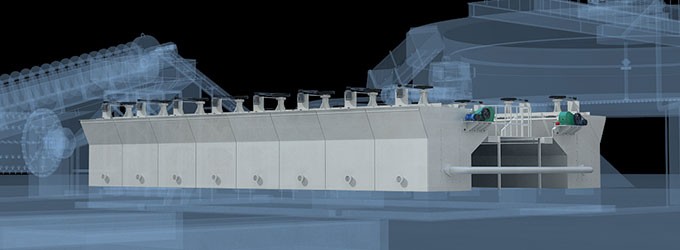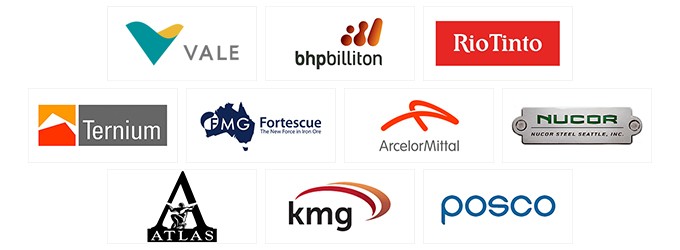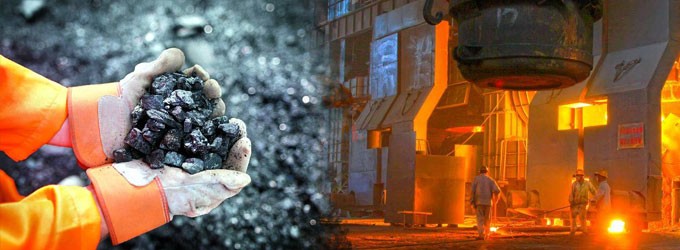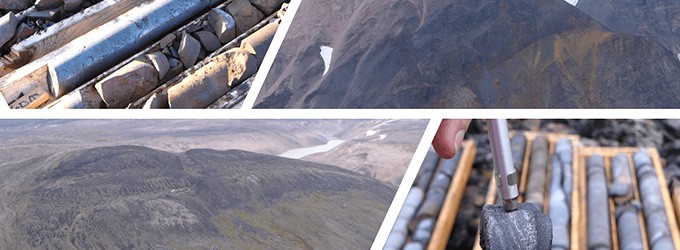Hematite, also spelled haematite, heavy and relatively hard oxide mineral, ferric oxide (Fe2O3), constitutes the most important iron ore because of its high iron content (70%) and its abundance. Besides, hematite is also one of few ores that can be classified into the field of jewelry and jade.
Its name is derived from Greek "haimatites" for "blood", in allusion to its color, thus ancient people all called hematite as "Blood Stone".
1. About hematite
Physical properties of hematite
- Formula: Fe2O3
- Crystal system: Hexagonal
- Color: Steel-grey to black in crystals and massively crystalline ores, dull to bright "rust-red" in earthy, compact, fine-grained material.
- Morphology: The crystals are in the shape of thin plates and rhombohedrons, but complete crystals are rarely seen, thus often appearing as flakes, scales, kidneys, oolites, earthy or dense mass aggregates.
- Luster: Metallic, Sub-Metallic, Dull, Earthy
- Hardness: 5.5 to 6.5
- Specific gravity: 4.9 to 5.3
- Identification Feature: A rusted red streak
Other information of hematite
- Price: Inexpensive. Only costs a couple of dollars to get ordinary handmade hematite or even large mineral specimens.
- Notice: Be careful when cleaning hematite. Just rinse it with a mild soap in warm water, and then wipe it clean with a soft cloth.
2. Distribution of hematite
Hematite is widely distributed around the world, covering all the continents. The global production of iron ores is shown below. The United States ranks first, followed by France, Canada, China, Sweden and Australia.
The world-famous hematite deposits mainly include Lake Superior and Clinton in the United States, Krivoi Log in Russia and Minas Gerais in Brazil.
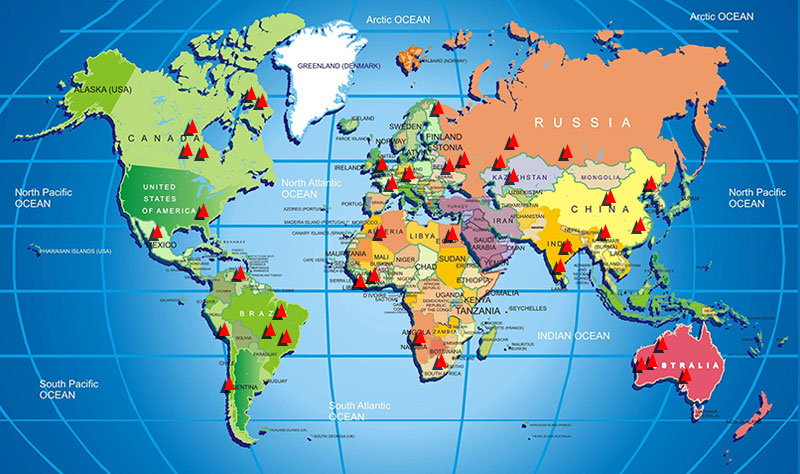
3. Classification of hematite
Different genesis of hematite deposits leads to different mineral forms, which can be divided into three categories.
Kidney hematite
Kidney hematite is a layered hematite aggregate. The surface layer is usually in the kidney-like or grape-like shape. It was formed by precipitating during the Precambrian and other ancient times when the iron content in the water was affected by the bacteria.
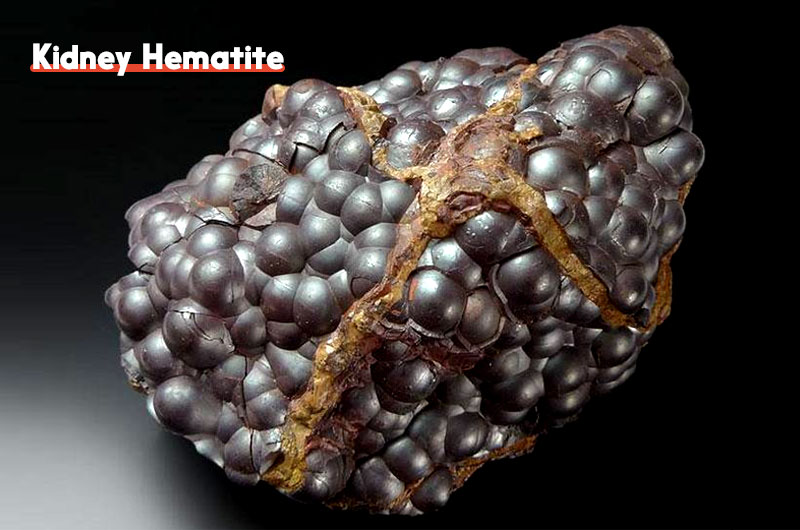
Kidney hematite has no magnetism of its own, but will show the magnetism if mixed with maghemite or magnetite. It is an extremely important iron resource and the largest producer is Michigan in the United States.
Micaceous hematite
Micaceous hematite is a fine scaly hematite aggregate formed by sedimentary metamorphism. Its most representative producers are Brazil and Elba Island in Italy.
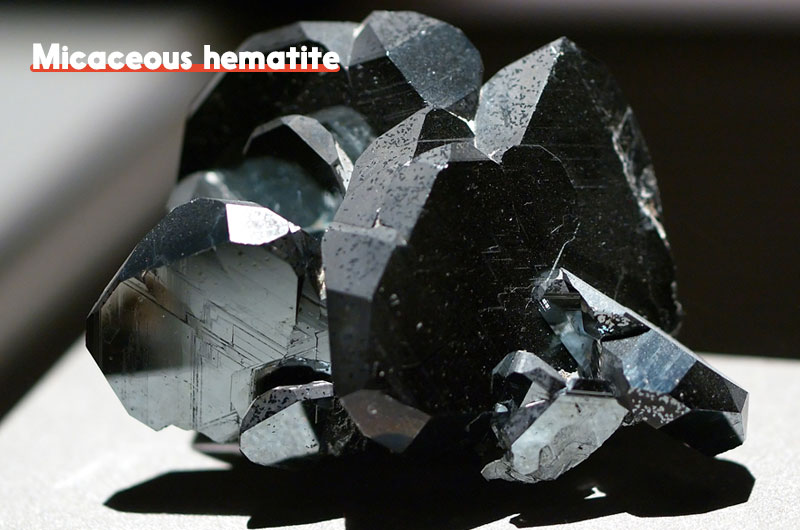
Specularite
Specularite is an aggregate of rosette-shaped hematite or flake hematite formed by hydrothermal veins and volcanic gas. It is coarse-grained and the color is steel-gray to iron black, with metallic luster. The crystal surface shimmers like a mirror.
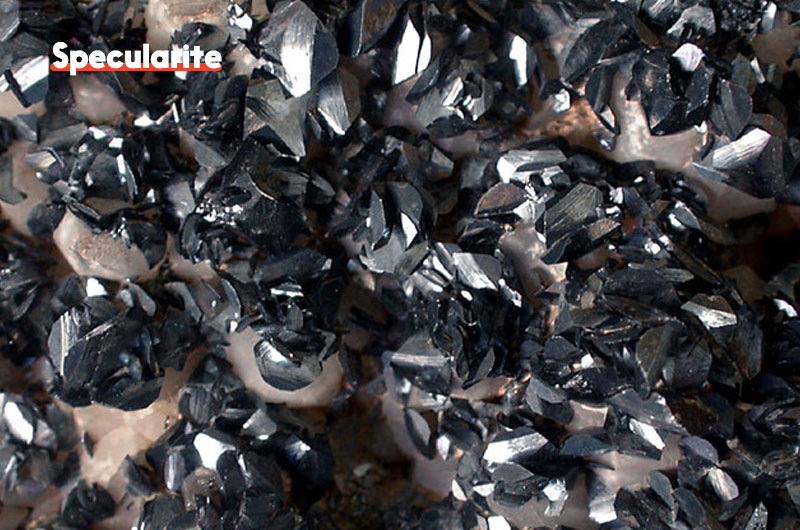
Specularite often contains fine magnetite inclusions thereby having strong magnetism. Its output is quite small, and its use as an ore is not so important. The famous producers of Specularite are Switzerland and Brazil.
4. Uses of hematite
After one or several beneficiation processes, such as heavy separation, flotation, strong magnetic separation and magnetizing roasting, hematite can extract iron and produce welding rods, soft or hard magnetic materials as well as batteries.
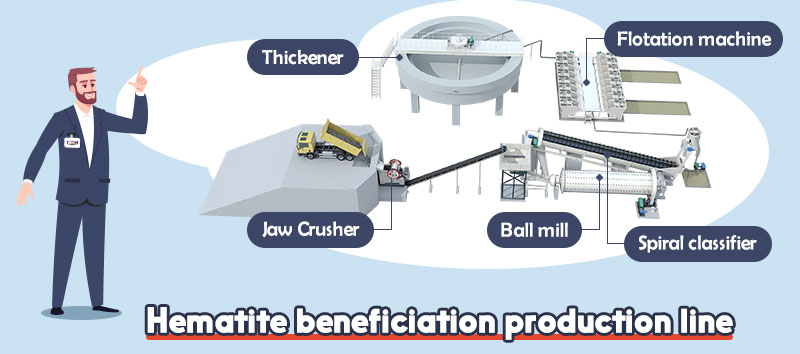
In addition, do you know other uses of hematite in human life?
1) Spiritual meaning
In Ancient Europe, wizards believed that hematite was "the blood of Mother Earth" and can resist the invasion of all evils. Thus, when important ceremonies were held, they often smeared it on the body, symbolizing the coming of divine power. Soldiers in ancient wartimes also carried hematite with them to pray that they could be invincible and returned safely.
Hematite is also used for sacrifice and protection of the dead. The Ancient Egyptians often engraved it on the amulets and emblems. In the Victorian Era, mourning jewelries made of hematite were used to commemorate the dead.
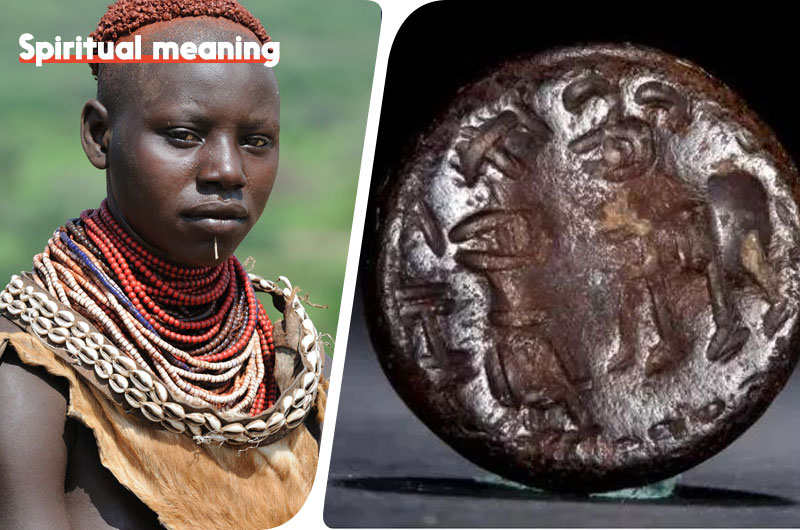
Besides, hematite powders were regarded as the coagulated blood, and blood was the place where the soul resided. Thus, people sprinkled the powders over the dead body, hoping that the dead could become reborn with new blood, or the soul could enter another world to survive.
Nowadays, hematite stone serves as a protective stone that helps to absorb negative energy and stay grounded in many situations. People often wear it or hematite pendants and bracelets to gain courage, strength and vitality so that they can overcome the difficulties encountered in their lives.
2) Medication
Hematite after processing and calcining, can be made into a valuable medicinal material- "Red Ocher". It has a direct rejuvenation effect on the blood and circulatory system of human body by stimulating the production of red blood cell, activating blood and promoting wound repair.
The major functions of Red Ocher are as follows: enhancing body immunity; stopping bleeding; treating dizziness, tinnitus, hiccups, nausea, asthma, vomiting blood and hemorrhoids and other common diseases.
Cautions:
- Not for pregnant women;
- Not for those with syndrome of kidney-Yang deficiency or syndrome of deficiency of fluid;
- Not for those with stomach problems or intestinal diseases;
- Not recommend for large doses or long-term use in case of arsenic poisoning.
3) Making pigment
Hematite can be made into iron oxide red powder pigment, which has following advantages: being inexpensive, good colorability, high stability, excellent durability, low toxicity, strong concealment (only after carbon black).
Arts and crafts
Iron red pigment was first used in ancient cave paintings, tomb decorations, and human body decorations. It was very popular in ancient Egypt. Local people often engraved it on the amulets and badges. In China, large quantities of ancient murals, colored sculptures, lacquerwares and sculptures also used this pigment.
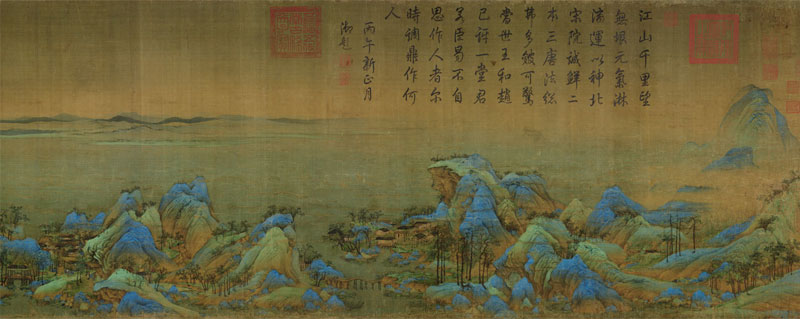
Paints, coatings and cosmetics
The mica-like iron oxide pigment made by natural fine scaly or shell-like specularite has the advantages of being non-toxic and odorless, good chemical stability, high temperature resistance, UV resistance, powdering resistance and rust resistance.
In industry, the pigment can be used to make anti-corrosion materials, anti-rust paints, coatings, fillers, etc. In daily life, the pigment can be found everywhere around us, including dark-red enameled pottery, laser flash powders, fillers. plastic products (e. g. mobile phone shells), cosmetics (e. g. lipstick, nail polish) and so on.

4) Jewelries and accessories
Since the Victorian Era, jewelers have applied hematite as relief to gemstones, rings, necklaces and other accessories.
Contemporary jewelers have turned from the original carvings of hematite to the creation of faceted hematite. Due to its bright metallic luster, hematite has also become a popular choice for gentlemen's accessories, such as cufflinks, tie pins and frames of watches.
The producers of high-quality hematite are the United Kingdom, the United States, Switzerland, Italy and Brazil. Among them, Alabama in the United States is well known for its hematite deposits.

5) Collection value
Gorgeous hematite ores are deeply loved by the professionals and amateurs so that they are collected as treasures or for sales in the market.
Here are some precious collections of hematite.
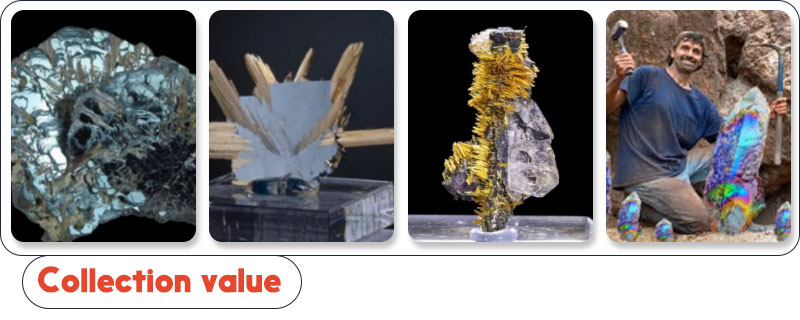
References
1. Hematite meaning and distribution


